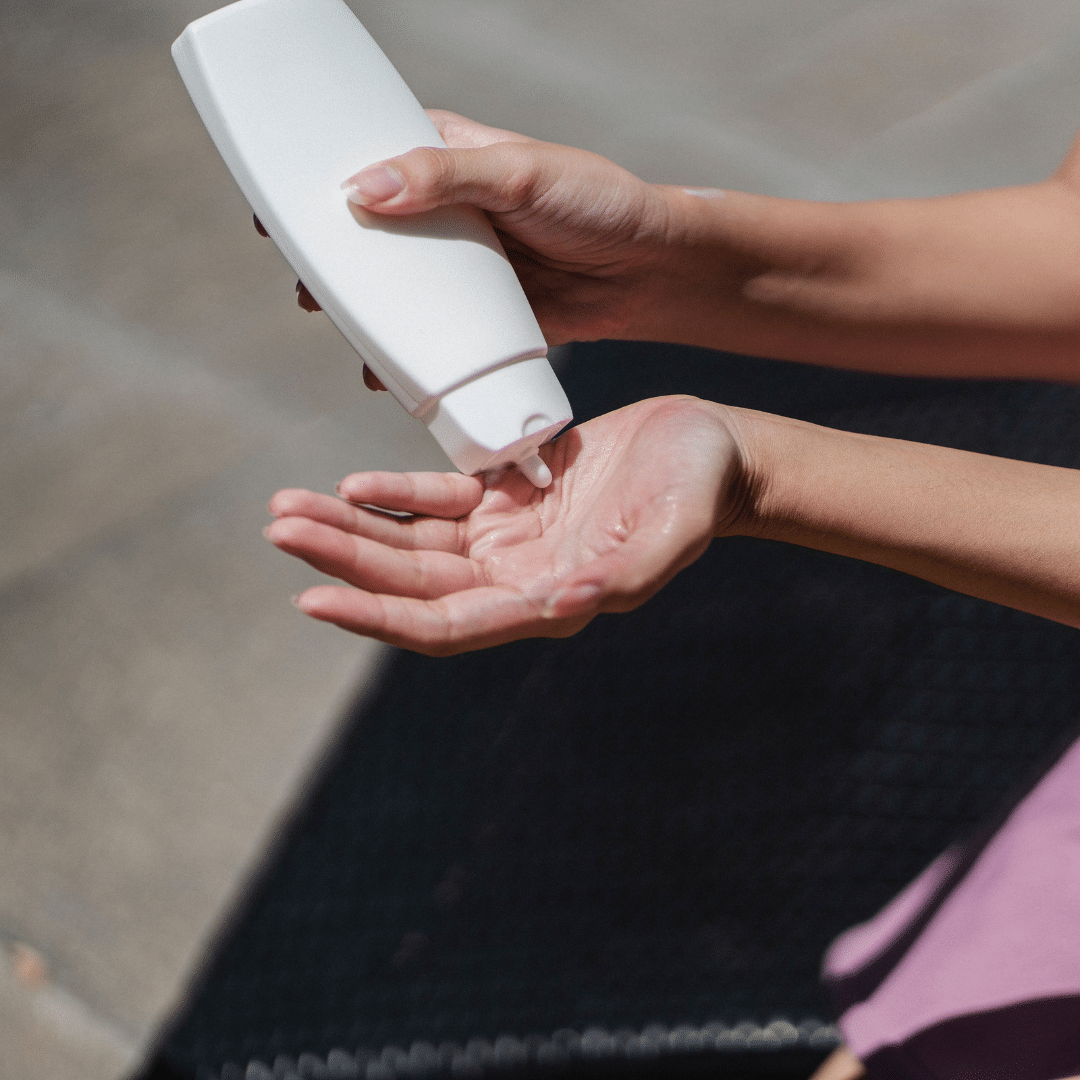A Rundown
- SPF: Sun Protectant Factor. The SPF number tells you how long it will take for the sun’s UVB rays to redden your skin compared to the amount of time without sunscreen. For example, if you used SPF 30 exactly as directed, it would take you 30 times longer to burn than if you were not wearing sunscreen.
- UVA: Ultraviolet A-rays. The rays that cause premature aging, wrinkles, and sunspots (an easy way to remember is A = Aging).
- UVB: Ultraviolet B-rays. The rays that cause sunburn (an easy way to remember is B = Burn).
- Broad-spectrum protection: Sunscreen that protects your skin from both UVA and UVB rays (in the past, most sunscreens only protected against UVB rays).
- Water resistant: No sunscreen is waterproof. Sunscreens that are labeled water resistant are effective for up to 40 minutes of swimming or intense sweating/exercising.

Physical vs Chemical Sunscreen
Physical sunscreen uses minerals such as zinc oxide or titanium dioxide to physically block UV rays from penetrating your skin. Physical or mineral sunscreen tends to be less irritating to the skin compared to chemical sunscreen, making it ideal for people with sensitive or acne-prone skin. In addition, physical sunscreen is a safer option for the environment.
Chemical sunscreen uses active ingredients such as avobenzone, octisalate, or oxybenzone to absorb UV rays before they can damage your skin. Chemical sunscreen is more easily absorbed into your skin without leaving behind a white residue.

Which type should you use?
The best sunscreen is the one that you will use again and again! The type of sunscreen you decide to use is a matter of personal choice. Just make sure that you choose one that offers broad spectrum protection, is water resistant, has an SPF of 30 or higher, and that you apply it generously (you should be applying one ounce – or enough to fill a shot glass – to fully cover your entire body).
Everyone should wear sunscreen every day (even if you work indoors)! Have plenty of protected fun in the sun this season and throughout the year.
Author: Madi Zaidel, CHES®
References:
American Academy of Dermatology Association. (2022) Sunscreen FAQS. https://www.aad.org/media/stats-sunscreen
Share this page
